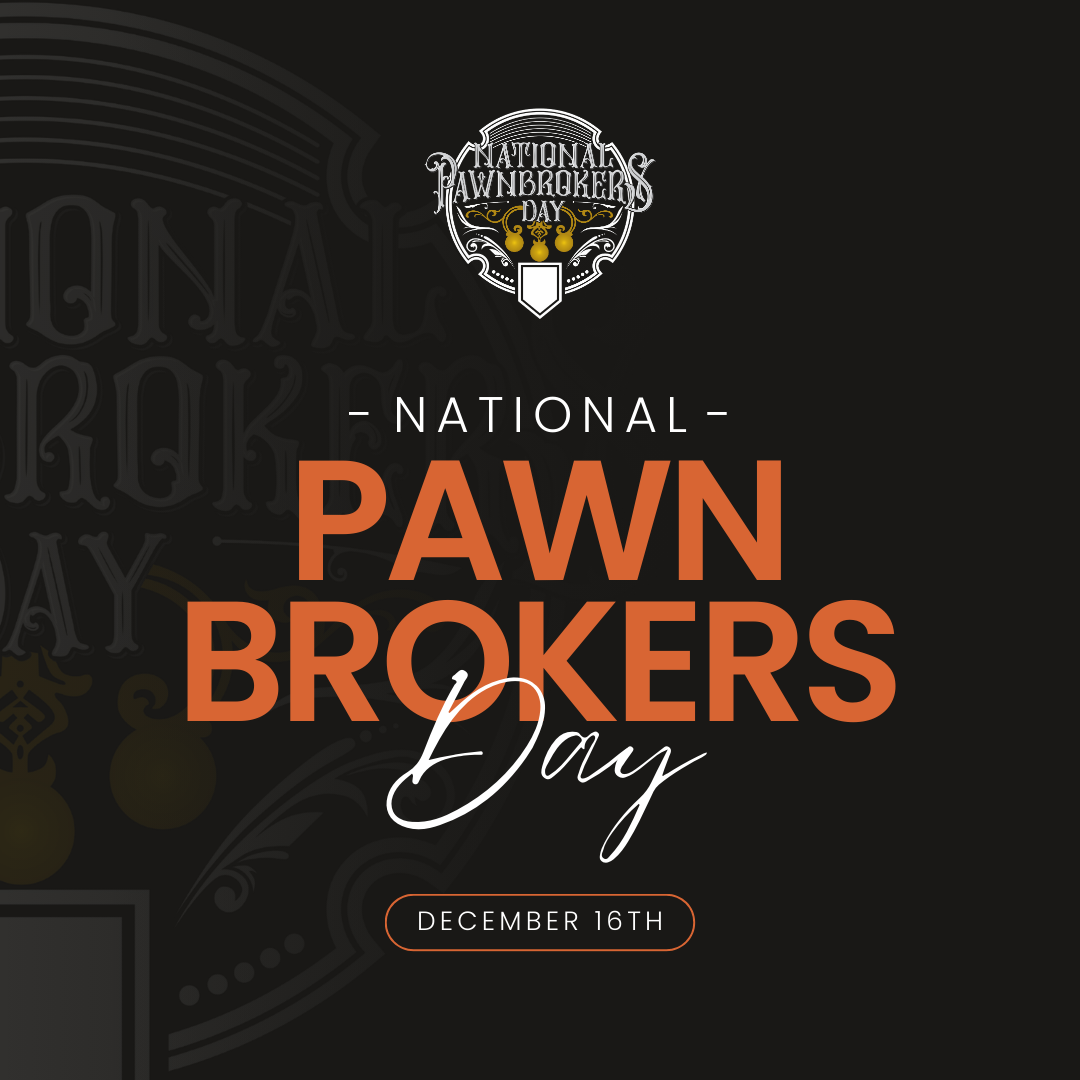The easiest way to take your savings with you is to buy bitcoins. You write them on a flash drive, quietly cross the border and sell them for the local currency. You don't have to wait. No need to pay commissions to the banks either. There is no need to explain to the tax authorities where the funds come from, even less so.
How is bitcoin different from regular money?
First of all, you need to understand what traditional money is.
- Fiat currency (conventional money)
Fiat currency is issued and controlled by the state. It is dollars, euros, rubles, and so on. It works due to the authority of the state, which issues it. If the authority of the state falls, the currency falls in value. Fiat money has a paper counterpart, which you definitely held in your hands. The state can print any amount of money, and it depreciates in value.
- Digital currency
This is money that is software-driven by an electronic payment system, such as Webmoney. They have their own equivalents to fiat money. Their value is tied to fiat currencies. WMZ is controlled centrally - information about transactions is stored on Webmoney servers.
In theory, an intruder who has access to the server can draw any balance, block the transfer, in general, holds all the power of your money, if you entrust it to them.
What is cryptocurrency then?
Cryptocurrency is a type of digital currency. It is not controlled by the government or banks. Whereas fiat money is stored in banks and virtual WMZ on Webmoney servers, all information about cryptocurrency is stored in a blockchain.
4 main differences between cryptocurrency and regular money
So, the revolutionary features of bitcoin:
- you don't need a bank to transfer money to someone.
- cryptocurrency has no physical equivalent: banknotes or precious metal coins.
- no one can issue bitcoins bypassing the system.
- bitcoin is anonymous - all transactions are available to anyone on the Internet. But we only know the wallet numbers, no first names, last names or passport information.
All of this is provided by blockchain - the principle of its operation can be explained on the fingers of a child in 10 minutes.
As briefly as possible about what blockchain is
Blockchain is just a data storage system like Excel, Google Docs or even a simple notebook. Blockchain stores the whole list of transactions for the whole time of bitcoin existence: for example, purse A has sent purse B so many coins. As you understand, there are a lot of transactions, so they are broken down into blocks. The blocks are put into a consecutive chain, and you get a blockchain - a chain of blocks.
Decentralization: where are transactions stored as a blockchain?
As we remember, the blocks in the bitcoin blockchain are simply transaction data. In the case of Google Docs, all the records are sent and stored on Google's servers - just hack into the server and change the desired transaction.
In the case of blockchain, all the blocks are stored on thousands of computers of all the participants in the network. This is called decentralization. Every time a new block is added, participants update the data by forwarding information about the new block to each other.
If one computer is hacked and a change is made, the other copies will not match and the system will simply reject the changed block.
How new blocks are added: mining in simple terms
Gold is mined in mines. Money is printed by a machine. New bitcoins are mined by adding blocks to the chain, a process called mining. Miners take new transactions, pack them into blocks, and try to add a new block to the chain. To add a block, you have to solve a complex mathematical problem. The miners' computers work day and night to solve it first.
When the problem is solved, the new block is added to the chain and its data is sent to all participants. All participants of the system check if the problem is solved correctly, and if so, a new bitcoin is minted and received by the miner who first solved the problem. This is how miners earn money.
The complexity of the problem is constantly calibrated by the blockchain algorithm - to mathematically limit the number of bitcoins produced.
Where to store bitcoins and what is a cryptocurrency wallet?
Bitcoins are stored in cryptocurrencies. To start using them, you need to know about three things:
- A public key is the "address" of your wallet. If someone wants to send you bitcoins, they need to know this address
- The private key is your "password" to your wallet. If you want to send bitcoins to someone, you will need to show this password to the system.
- SEED phrase - a kind of secret question. SEED phrase consists of twelve random words, and with its help you can regain access to your wallet if you lose your private key.
When you create a cryptocurrency wallet, you get two of these keys. They are interconnected by tricky mathematical operations that we won't go into.
There are two types of crypto wallets:
- A wallet on your device. You download the program, register your wallet and get the keys, and then you can make transactions with bitcoin;
- Online Wallet. Registration is complete: all bitcoins are stored in the cloud. However, you should understand that in this case, the service itself has access to your wallet.
In case you sink your phone with the cryptocurrency wallet, you will lose this money. There will be no such problems with an online wallet, but the centralized services will have access to your money.
Many crypto holders sooner or later come to the point where they store their wallet in cloud notebooks like Evernote. They are easy to hack or lose access to, so it's safer to choose an online service with advanced security protocols.
How to buy or sell bitcoins?
There are 3 main ways to buy bitcoins:
- Exchangers
The easiest way to buy cryptocurrency. These are special offices, which sell bitcoin and ether at their own rate. They usually work in a gray area, they accept cash and bank cards (in this case, you will need to pay more commission to payment system).
- Exchanges
This is more difficult, but more profitable - exchange is place, where people want to buy or sell cryptocurrency. On the exchange you can place an order to buy or sell at your price: for example, you are ready to buy 1 BTC at $40,000. For you create a buy order and wait until someone wants to sell at the same price.
In the case of exchanges and exchangers, you are often required to go through KYC - uploading passport details.
To maintain anonymity, people use different wallets - for example, they buy bitcoin on an exchange and transfer the money to their wallet on their device.
- Hands-On
For example, someone you know has some bitcoins and is willing to sell them. You give him the money in a convenient way, and he transfers the cryptocurrency to your wallet.


